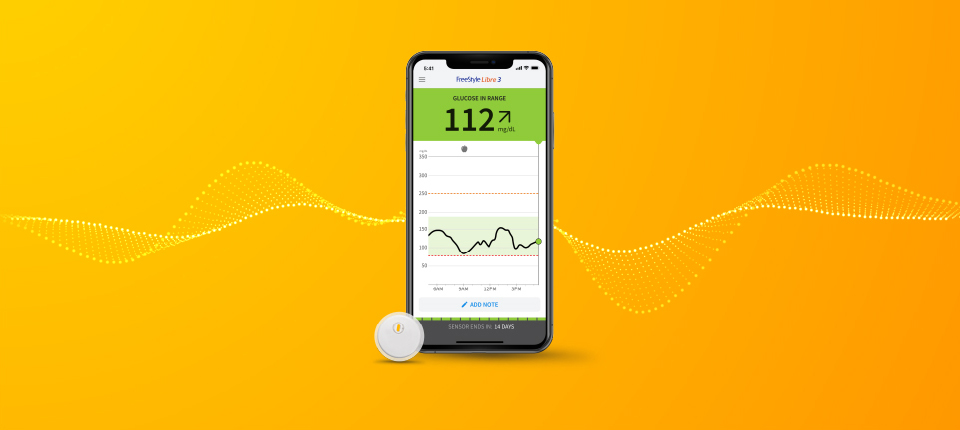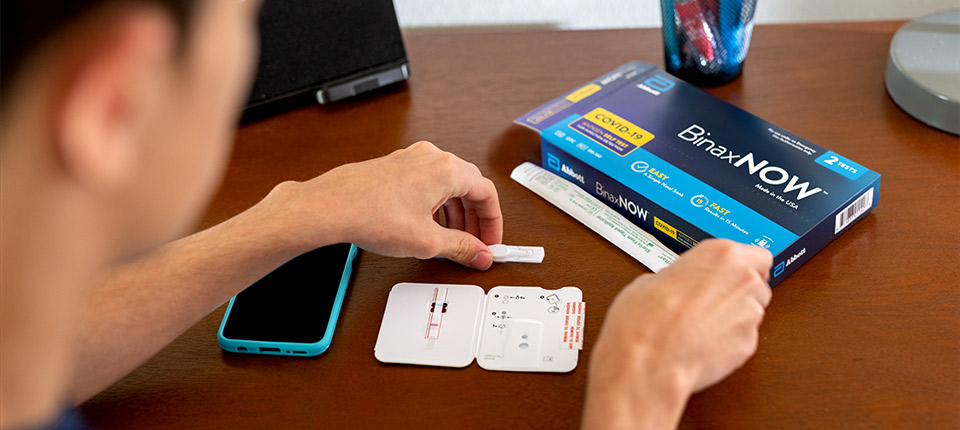Today's medical devices are creating terabytes of information that gives patients, doctors and health providers real-time insight into someone’s vital statistics, heart health and even bloodwork.
But can all this new health technology really make someone healthier?
Empowering consumers to translate the data into actions that improve their own health remains the challenge for the healthcare industry, according to panelists Tuesday at the Bloomberg Invest conference in New York.
"We're seeing much more connectedness between patients' medical devices and hospital systems, and it's leading to better outcomes," said Robert Ford, Abbott’s executive vice president of Medical Devices, to an audience of investors and analysts. "The consumer focus is critical for medical device makers and we are incorporating that into our product development."
He cited the FreeStyle Libre system, where Abbott’s revolutionary glucose monitoring system has helped aggregate more than 400 million datapoints from users in Europe. The data showed improved blood glucose levels with FreeStyle Libre users because people checked their readings far more often because of the ease of use with Abbott’s product, which eliminates painful fingersticks* required with traditional glucose measuring systems.1
In many ways medical technology companies are just scratching the surface of the potential for connected devices that can improve outcomes.
"I have 17,500 physicians and I can show you the 500 who understand all this new technology," said Michael Dowling, president and chief executive of Northwell Health, the largest health provider and largest private employer in the New York area. "You have to appreciate the cultural part of this – it's going to take some time for everyone."
Indeed, the healthcare landscape is changing quickly as connected devices let people essentially diagnose their own conditions and take action.
"It's hard for medical providers to keep up because they're in some ways mired in their own traditions," said Leslie Saxon, M.D., head of the University of Southern California's Center for Body Computing. More real-time data changes the relationship between people and doctors, but that means "providers have to find a new model to make it work."
The growth of connected medical devices links people and medical providers in new and often beneficial ways. One of the biggest success stories with data leading to better health outcomes is Abbott's CardioMEMS HF System, which gives medical providers remote access to data that can help them proactively manage changes to their patients' heart failure and help them avoid hospitalizations.
By having real-time data for both patient and doctor, the device has in some cases lowered the number of patient visits, curbing overall costs. People and physicians are using the monitor to get actionable data that they can use to make better choices and know when they need to engage their doctors.
"Connected devices are allowing patients to be the conductor in the orchestra of their healthcare,"said Dr. Saxon.
"The amount of information the device gives to consumers that they didn’t see before is having a huge impact on their behavior – what we’re seeing is phenomenal, and we're using that experience to improve our devices," Ford said.
Companies that design their devices around consumer convenience to deliver actionable data to providers and patients can build advantages as the healthcare industry embraces data, the panelists said.
"I think we're going to see much more informed and empowered consumers where everything is going to funnel to them," Ford said, noting that shift will inform the development of next generation technologies going forward.
References
1Dunn T., Xu Y., Hayter G., “Evidence of a Strong Association Between Frequency of Flash Glucose Monitoring and Glucose Control Measures During Real-World Usage.”
*A finger prick test is required during times of rapidly changing glucose level when interstitial fluid glucose levels may not accurately reflect blood glucose levels or if hypoglycaemia or impending hypoglycaemia is reported by the System or when symptoms do not match the System readings.
FreeStyle Libre is a registered trademark of Abbott Laboratories.






FOLLOW ABBOTT